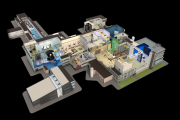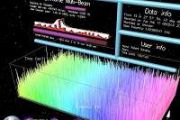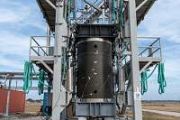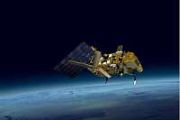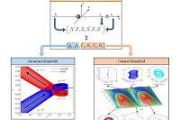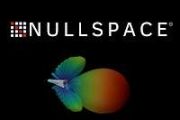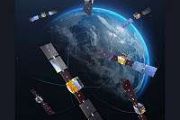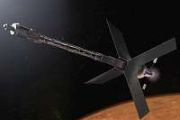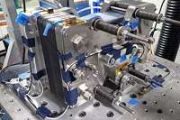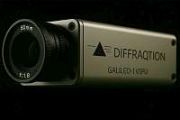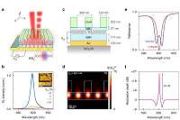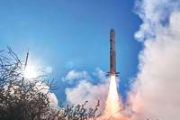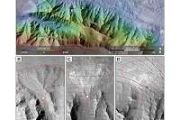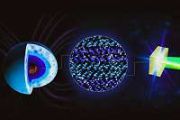
Copernical Team
NASA to launch 3 rockets from private Australian space port
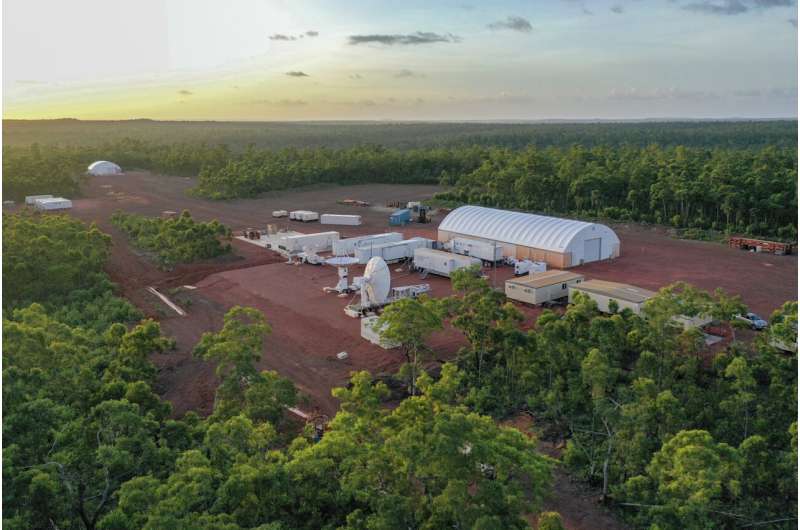
NASA will launch a research rocket from remote northern Australia this month in the agency's first blast off from a commercial space port outside the United States.
Three suborbital sounding rockets will be launched from the Arnhem Space Center on Indigenous-owned land near the mining town of Nhulunbuy in the Northern Territory on June 26, July 4 and 12, said NASA and the launch pad's owner, Equatorial Launch Australia.
Tailor-made composites for tougher space structures
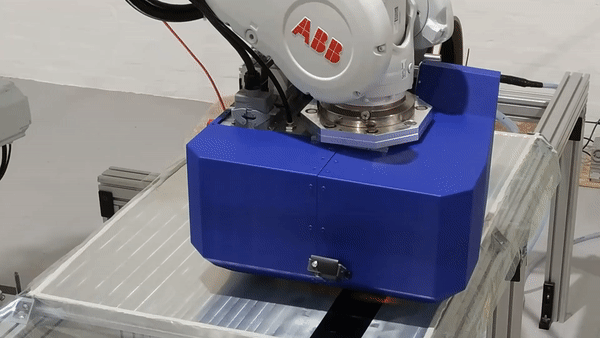
An ESA-led project constructed a test cylinder using a novel method of laying down carbon fibre, then tested it to buckling point within a crushing machine that subjected it to the equivalent of 10 tons of force. The cylinder met its predicted specifications perfectly, outperforming a traditionally-made equivalent using the same constituent materials. The company involved, iCOMAT in the UK, has now been shortlisted for the 2022 JEC World Composites Innovation Award – recognised as one of the year’s global top three main innovations in the field of aerospace composites.
Space-enabled 5G links Japan and Europe

Engineers have connected Japan and Europe via space-enabled next-generation 5G telecommunication links. It is the first time that such an intercontinental connection has been established between Europe and Japan.
Mars sleeps with one eye open

This scarred and colourful (by martian standards!) landscape shows part of Aonia Terra, an upland region in the southern highlands of Mars. The image was taken by ESA’s Mars Express on 25 April 2022.
NASA Artemis I moon rocket rolls back to Kennedy Space Center launch pad

NASA has sent the Artemis I rocket back to the launch pad at Kennedy Space Center for testing later this month, looking to get back on track for a potential moon launch as early as August.
The 5.75 million-pound, 322-foot-tall combination of the Space Launch System, Orion capsule and mobile launcher left the Vehicle Assembly Building at Kennedy Space Center early Monday to make the 4.4-mile slow crawl to Launch Pad 39-B.
The rocket still needs to run through a complete wet dress rehearsal during which NASA will fill and drain the core and upper stage with 730,000 gallons of super-cooled liquid hydrogen and liquid oxygen while also simulating a countdown but without lighting the engines.
It first rolled out to the launch pad back in March, but several issues scrubbed three test run attempts forcing the rocket back to the VAB, but now mission managers hope their headaches are behind them.
"I think we've got a pretty good plan in place. We'll see how it turns out as we get into our next attempt, but I certainly think we've learned a lot and figured out a lot of specific things and how you want to do this dance," said Tom Whitmeyer, NASA's deputy associate administrator for common exploration systems development.
French astronaut Pesquet calls for European space independence

French astronaut Thomas Pesquet on Tuesday urged Europe to seize the momentum created by its newfound diplomatic unity and "start moving now" to develop its own human spaceflight capacity.
The charismatic engineer and pilot, 44, recently completed his second deployment to the International Space Station on the NASA-SpaceX Crew-2 mission, and has arguably the highest profile among the European Astronaut Corps, in addition to being a celebrity in his native France.
Though he has long extolled international cooperation in space and remains in the mix to possibly go to the Moon as part of the NASA-led Artemis missions, Pesquet said it was vital for Europe's leaders to give the European Space Agency (ESA) the funding and mandate it needs to launch its own people, too.
NASA's Europa Clipper Mission completes main body of the spacecraft
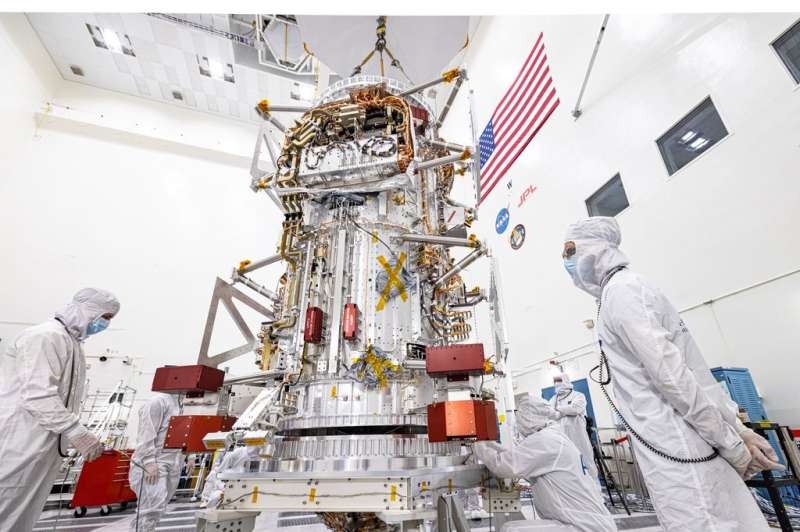
The main body of NASA's Europa Clipper spacecraft has been delivered to the agency's Jet Propulsion Laboratory in Southern California. Over the next two years there, engineers and technicians will finish assembling the craft by hand before testing it to make sure it can withstand the journey to Jupiter's icy moon Europa.
The spacecraft body is the mission's workhorse.
Jupiter’s moon Europa to obscure distant star
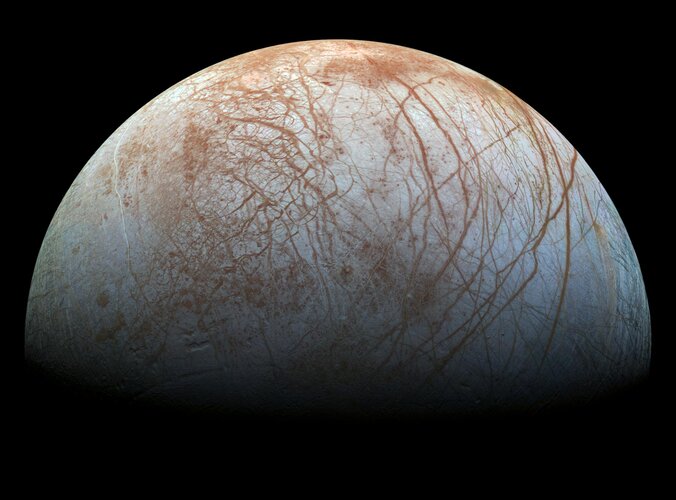
On 19 June 2022, Jupiter’s intriguing moon Europa will pass in front of a distant star, making that star appear to disappear for at least a minute. This event will be easy to see with any size of telescope from certain parts of Africa.
Vega-C inaugural launch: mission highlights
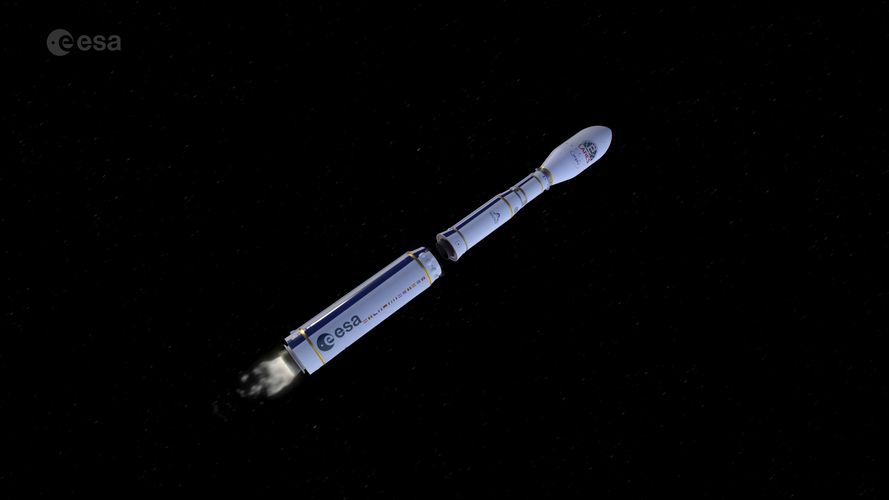 Video:
00:01:21
Video:
00:01:21
Animated preview of flight VV21 illustrates gantry rollout and liftoff from Europe’s Spaceport in French Guiana, stage and fairing separations, and deployment of the Italian Space Agency’s LARES-2 scientific payload and six research CubeSats. Vega-C represents a dramatic capability boost compared to its predecessor, Vega, which has flown since 2012. With new first and second stages and an uprated fourth stage, Vega-C increases performance from Vega’s 1.5 t to about 2.2 t in a reference 700 km polar orbit and handles larger payloads.
Bacterial cellulose enables microbial life on Mars
 An international research team including the University of Gottingen has investigated the chances of survival of kombucha cultures under Mars-like conditions. Kombucha is known as a drink, sometimes called tea fungus or mushroom tea, which is produced by fermenting sugared tea using kombucha cultures - a symbiotic culture of bacteria and yeast. Although the simulated Martian environment destroye
An international research team including the University of Gottingen has investigated the chances of survival of kombucha cultures under Mars-like conditions. Kombucha is known as a drink, sometimes called tea fungus or mushroom tea, which is produced by fermenting sugared tea using kombucha cultures - a symbiotic culture of bacteria and yeast. Although the simulated Martian environment destroye 




